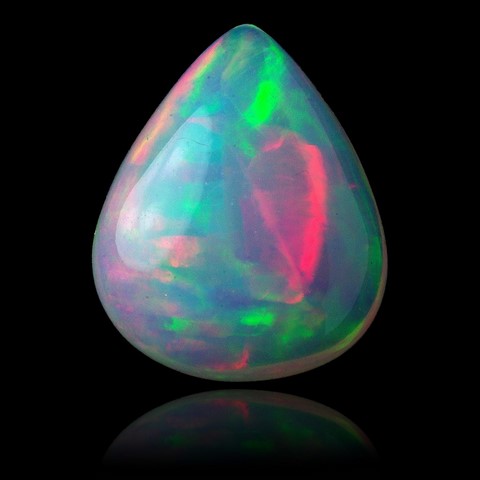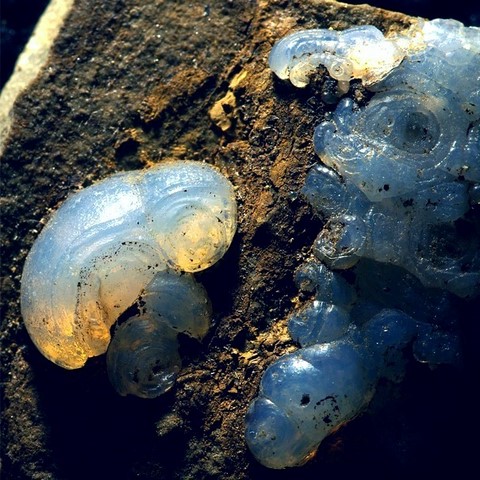What is opalescence in mineralogy ?
Opalescence : definition
Opalescence usually refers to the iridescent, often multicolored, reflections of precious opal. These iridescence results from a phenomenon of light diffraction operated by the hydrated silica spheres which compose it. If these spheres have similar diameters (around 0.3 µm) and are grouped together in layers, there are flashes of color sometimes wrongly called "fires", there are play-of-color. This condition is not fulfilled in "common" opals, devoid of iridescence for which the spheres are generally too large or too dispersed. From a physical point of view, for the latter case, there is a type of "dichroism" precisely observed in very dispersed systems with little opacity. Due to Rayleigh scattering, a transparent or translucent material may appear yellowish red under transmitted white light and blue under scattered light, this phenomenon is called "Tyndall effect", it is responsible for the color of lussatite for example but also that industrial "opalite" glass, this effect is sometimes also referred to as opalescence.



